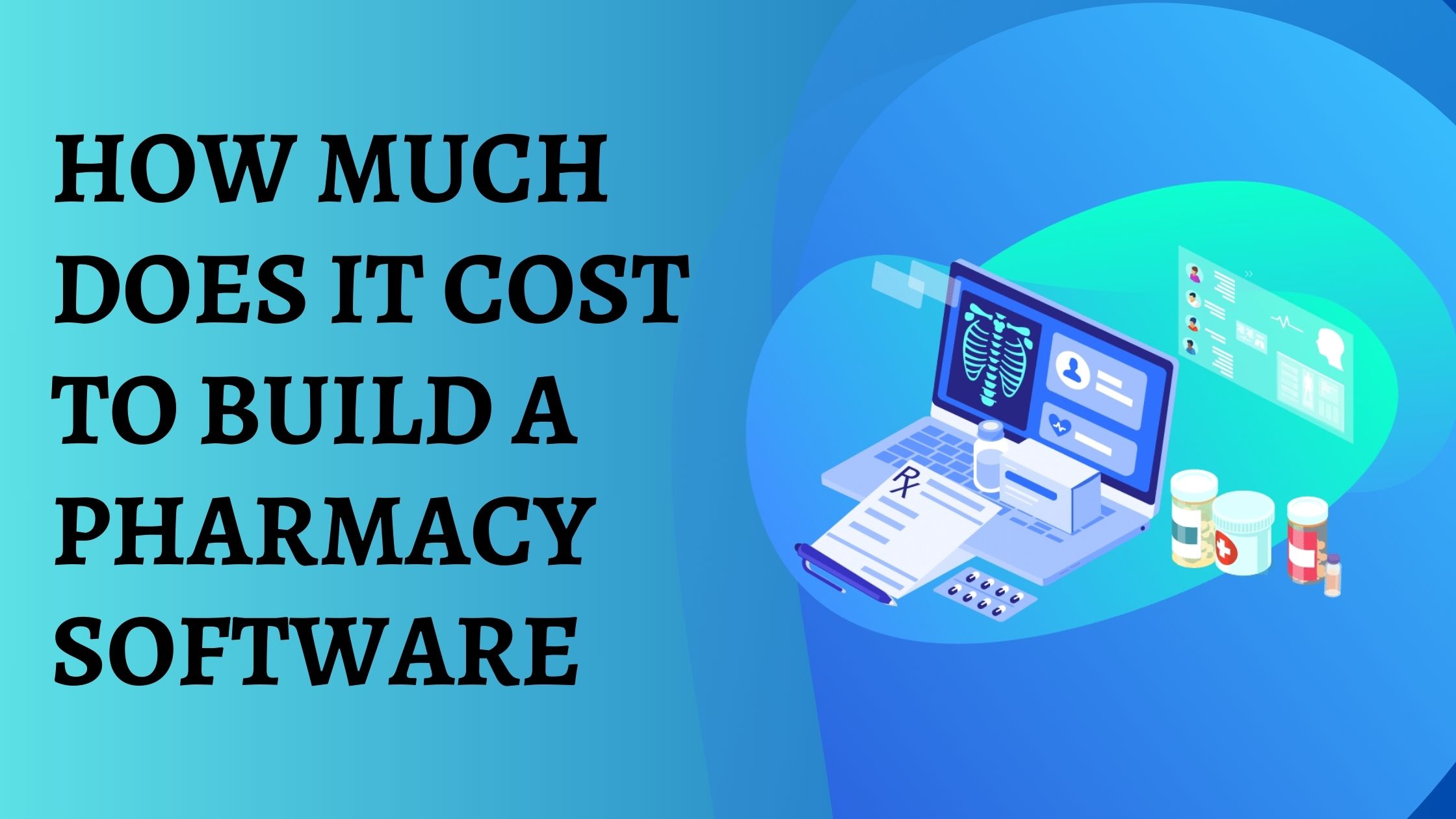What Are the Cybersecurity Challenges in the Retail Supply Chain?

With rapid digital transformation shaping the retail industry, supply chains are now more interconnected than ever. This digital evolution boosts efficiency and responsiveness, but it also introduces new risks—especially cybersecurity threats. As retailers integrate advanced technologies and partner with multiple vendors, securing their digital infrastructure becomes increasingly complex.
Cyber Threats in the Retail Ecosystem
Modern retail supply chains span manufacturers, warehouses, logistics providers, and end consumers. Each point of connection represents a potential vulnerability. Hackers exploit these weak spots to steal data, disrupt operations, or launch large-scale attacks that ripple across the chain.
Consequences of Cyber Incidents
A single security breach can cause a wide array of issues:
- Business disruption: Cyberattacks can halt deliveries, affect inventory accuracy, and delay customer orders.
- Brand damage: Loss of customer trust can be long-lasting.
-
Financial repercussions: Direct losses, regulatory fines, and post-breach recovery costs can be substantial.
- Legal liability: Companies that fail to secure data may face lawsuits or regulatory actions.
Understanding where these risks come from is key to developing effective defense strategies.
1. Third-Party Security Gaps
Retailers often depend on a vast network of third-party suppliers and service providers. Unfortunately, not all of them follow the same security standards, making the entire chain vulnerable.
Key Concerns:
- Insufficient cybersecurity policies at partner organizations.
- Shared network access without proper segmentation.
- Minimal control over vendor cybersecurity practices.
Solution: Introduce strict vendor onboarding assessments and limit third-party access using secure gateways.
2. Fragmented Visibility Across Operations
A major challenge for cybersecurity in retail is the lack of real-time visibility across distributed supply chain networks. When multiple systems operate independently, it becomes harder to detect and address threats.
Core Challenges:
- Siloed data systems reduce situational awareness.
- Slow detection of security breaches.
- Inconsistent security practices across global locations.
Strategy: Adopt centralized platforms that unify data flows and provide comprehensive risk monitoring.
3. IoT Vulnerabilities
Internet of Things (IoT) devices are revolutionizing retail by enabling real-time tracking and automation. However, these devices often lack adequate built-in security, making them easy targets for cyberattacks.
Common Threats:
- Outdated firmware and software.
- Weak default credentials.
- Unencrypted communications between devices.
Defense Tactic: Ensure regular updates, implement network isolation, and mandate secure configurations.
4. Human-Focused Attacks
Cybercriminals frequently use tactics like phishing and impersonation to trick employees into giving away sensitive information or access credentials.
Examples Include:
- Fraudulent emails posing as purchase requests.
- CEO fraud, where attackers mimic senior executives.
- Malicious links or attachments designed to deploy malware.
Preventive Measure: Conduct frequent employee training and establish robust verification protocols for financial transactions.
5. Insider Threats
Threats don’t always come from the outside. Employees with access to sensitive systems can, knowingly or unknowingly, become a threat vector.
Red Flags:
- Unauthorized data transfers or downloads.
- Unusual login patterns or access attempts.
- Privilege misuse or policy violations.
Response Plan: Use access controls based on job roles and deploy user activity monitoring tools to detect anomalies.
6. Limited Incident Response Readiness
Many retail businesses lack formalized plans for handling cybersecurity events, especially those that impact the supply chain.
Risks:
- Slow incident resolution due to unclear responsibilities.
- Uncoordinated communication between stakeholders.
- Delays in containment and recovery efforts.
Action Point: Build and test a detailed incident response plan that involves supply chain partners and internal teams alike.
7. Regulatory Pressures and Compliance
Retailers must navigate a growing landscape of data protection laws. Non-compliance can be both costly and damaging to brand reputation.
Notable Regulations:
- GDPR: Applies to data of EU residents.
- CCPA: Governs data privacy for California consumers.
- PCI DSS: Sets standards for handling payment card information.
Recommendation: Regularly audit systems for compliance and stay informed about evolving legal requirements.
Strengthening the Link: Cybersecurity in Manufacturing
The foundation of a secure retail supply chain often starts in the manufacturing sector. As products move from factories to store shelves, vulnerabilities at the production level can impact the entire chain. Cybersecurity in Manufacturing plays a vital role in protecting core systems like ERP, SCADA, and production automation from cyber threats.
By securing manufacturing systems, retailers can prevent upstream attacks that could later affect inventory management, product authenticity, or data integrity. Enhancing collaboration between manufacturers and retailers is essential to building an end-to-end secure supply chain.
Final Thoughts
The rise of digital technologies in retail has brought innovation and growth, but it has also increased exposure to cyber threats. From third-party risks to insider actions and compliance challenges, the retail supply chain faces diverse and dynamic cybersecurity issues.
A proactive approach that includes strong vendor controls, real-time monitoring, IoT protection, and well-tested response plans is crucial. Equally important is strengthening Cybersecurity in Manufacturing, which serves as the backbone of a secure supply chain. As cyber risks evolve, so too must the strategies to defend against them—making cybersecurity a shared responsibility across all supply chain partners.
Note: IndiBlogHub features both user-submitted and editorial content. We do not verify third-party contributions. Read our Disclaimer and Privacy Policyfor details.







